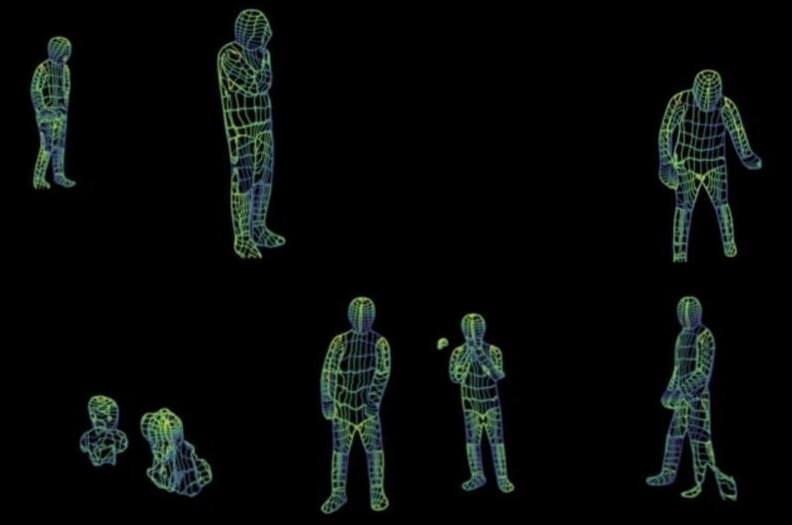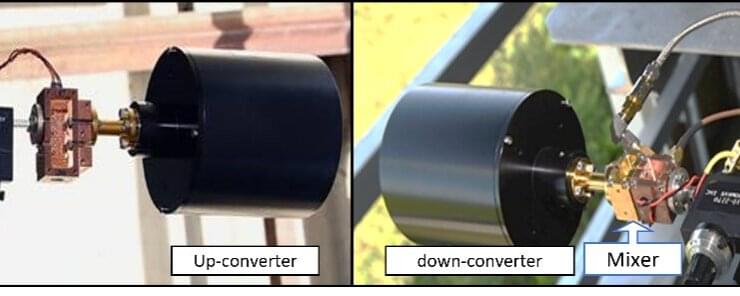Geert Lovink is a Dutch media theorist, internet critic, and author of Dark Fiber (2002), My First Recession (2003), Zero Comments (2007), Networks Without a Cause (2012), Social Media Abyss (2016), Sad by Design (2019), Stuck on the Platform (2022) and Extinction Internet (2022). In 2004 he founded the Institute of Network Cultures at the Amsterdam University of Applied Sciences. From 2004–2012 he was associate professor in the new media program of Media Studies, University of Amsterdam. In 2005–2006 he was a fellow at the Institute of Advanced Study in Berlin. From 2007–2017 he was Professor of Media Theory at the European Graduate School. In December 2021 Geert Lovink was appointed Professor of Art and Network Cultures at the Art History Department, Faculty of Humanities of the University of Amsterdam.
In this interview, we talked with Geert Lovink about his latest essay Extinction Internet, Mark Fisher’s hauntology, the memory of Bernard Stiegler, the XR movement, and the phantoms of accelerationism.
Alessandro Sbordoni: Today, platform realism makes us feel like another internet is no longer possible. In your essay, Extinction Internet, you argue that the internet is ending and that it is time for theorists, artists, activists, designers, and developers to imagine what is after the end of the internet as we know it. What can we do as internet users?








